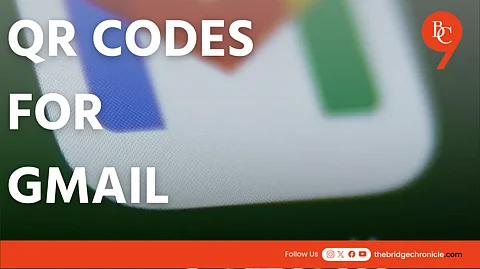

After Google Calender's changes Google to bolster security and combat rising cyber threats, Google has announced plans to replace SMS-based authentication for Gmail with QR codes. This transition marks a major shift in how users will verify their identities, enhancing the security of email communications and protecting against global SMS abuse.
The decision to ditch SMS codes stems from their inherent vulnerabilities. SMS authentication, while widely used, has been criticised for its susceptibility to phishing attacks, SIM swapping, and carrier-related security risks. By moving to QR codes, Google aims to reduce these risks and provide a more secure authentication process.
According to Ross Richendrfer, a Gmail spokesperson, SMS codes are prone to phishing, reliant on carrier security, and susceptible to SIM swapping, where fraudsters gain control of a user's phone number, leading to potential losses in millions. The QR code method eliminates the need for manually entering a security code, minimising the risk of users inadvertently sharing their authentication details
Enhanced Security: QR codes eliminate the risk of users being tricked into sharing their security codes, as there is no code to share in the first place.
Reduced Phishing Risk: By not relying on SMS delivery, Google reduces the potential for phishing attacks where users are coerced into divulging their codes.
Carrier Independence: This method severs dependency on mobile carriers, thereby avoiding carrier-related vulnerabilities such as SIM swapping.
User-Friendly Experience: Scanning a QR code is generally faster and more intuitive than inputting a manually received code.
TBC's Insider:
This change is expected to roll out over the coming months, with Google emphasising its commitment to enhancing user security and experience. Users will no longer need to worry about receiving and entering SMS codes, making the login process smoother and more secure.
